Invisalign Clear Aligners for Sleep Apnea & TMJ Concord
A Clear Solution to Your Jaw Pain and Sleep Apnea
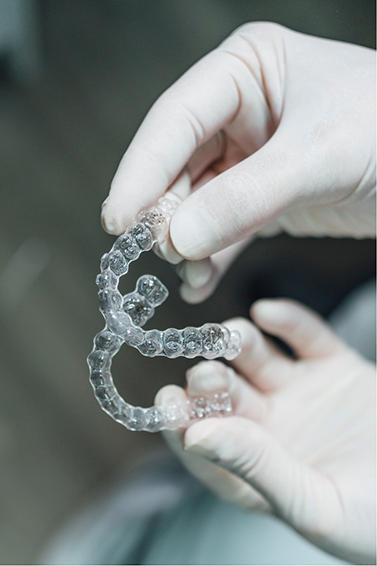
Orthodontics isn’t just for straightening teeth. Believe it or not, it can be a crucial step in relieving jaw pain, correcting bite imbalances, and improving breathing during sleep. That’s why Dr. Homsi has spent countless hours continuing his education and ensuring that he’s able to use this service to assist his patients. Continue reading below to learn a little more about how Invisalign could be the answer you need to assist with airway and jaw problems—or call our Concord office to schedule an appointment and get started.
Why Choose Charm Smile Dental for Invisalign Clear Aligners?
- More Comfortable and Discreet Than Traditional Metal Braces
- Comprehensive Dental and Sleep Apnea Treatment Under One Roof
- Dental Insurance Accepted and Flexible Financing Options Available
The Crucial Link Between Airway Health, Jaw Alignment & Sleep Apnea
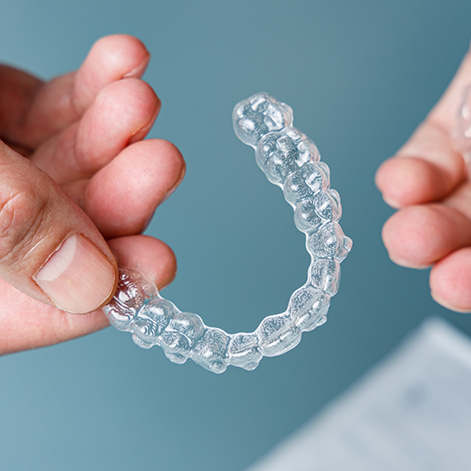
It’s crucial to understand the way that your jaw joints, jaw alignment, and sleep apnea are connected. When the jaws are not properly aligned, the body will often try to compensate for it in ways that cause dysfunction. The temporomandibular joints on either side of the jaw, which are responsible for opening, closing, and positioning the mouth, are at the center of all of this. When the bite is misaligned or the lower jaw sits too far back, it can create joint stress, muscle fatigue, and even cause restricted airflow in the throat.
TMJ disorders and obstructive sleep apnea (OSA) also often share a common root cause: poor jaw alignment. When the lower jaw collapses backward while a patient is asleep, the tongue and soft throat tissues can physically block the airway. Likewise, misalignment strains the jaw joints as well as the muscles surrounding them, causing soreness, popping or clicking sounds, headaches, and other uncomfortable, debilitating symptoms.
How Can Orthodontics like Invisalign Help?
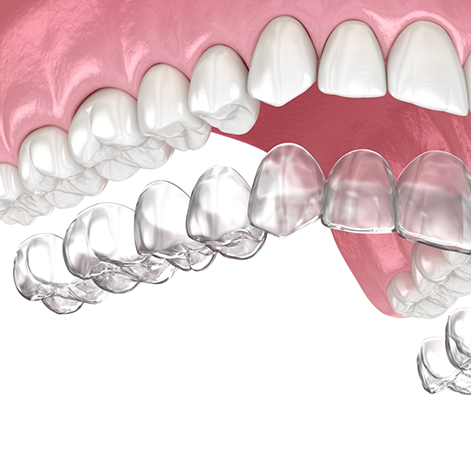
When most people think about orthodontic treatment, they’re thinking about how it can be used to straighten teeth—and while this is certainly one of its most common purposes, it serves many others too, including helping to improve the function of the jaw and optimize airway space. By correcting the alignment of the teeth and jaw, the amount of pressure on the jaw joints is reduced, and the airway can more easily be kept open during sleep.
How Invisalign Works
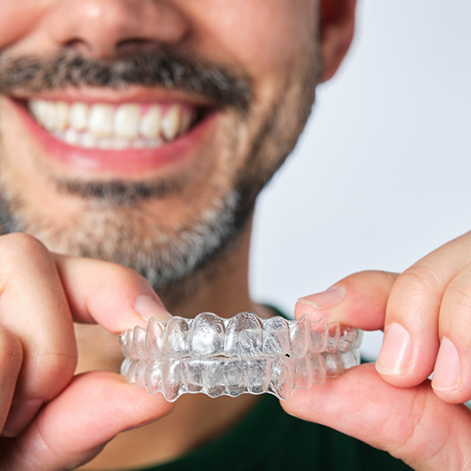
Invisalign uses a series of clear, removable aligners to gently shift teeth into better alignment, which can benefit far more than just your smile. It applies the exact same principles as braces, relying on gradual, subtle movements that you cannot feel at all—but over time, the difference is quite noticeable. Patients normally wear the aligners for roughly 22 hours every day, only removing them to eat meals and brush their teeth.
Benefits of Invisalign
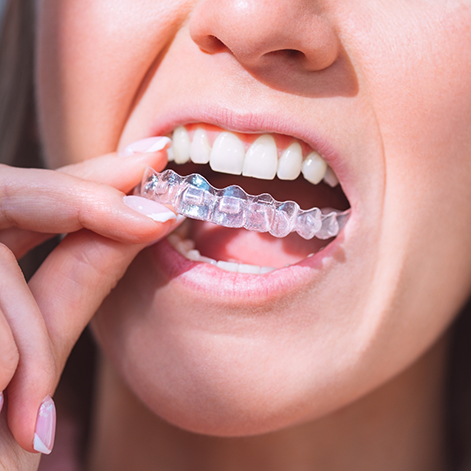
Invisalign offers many advantages that go beyond creating a straighter smile, especially for patients with sleep apnea or jaw pain. Some key benefits include:
- Discreet treatment since the aligners are made from transparent materials.
- Removable design, which makes meals and oral hygiene much easier.
- Smooth, comfortable fit with no metal wires or brackets.
- Improved jaw and bite alignment, which supports long-term oral health.
